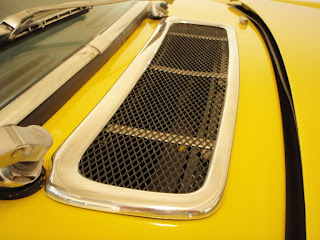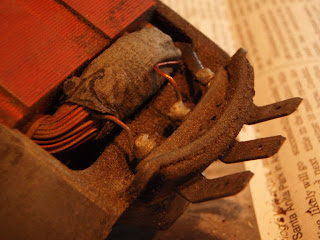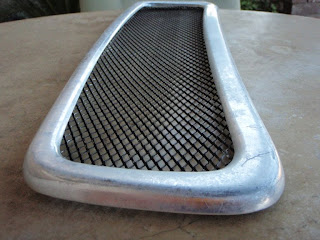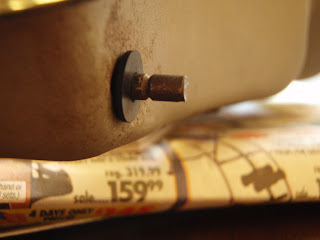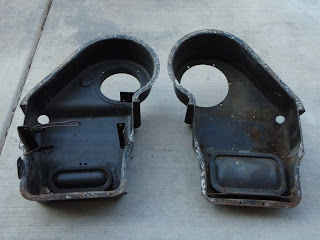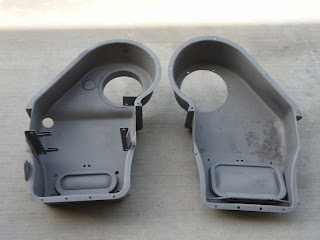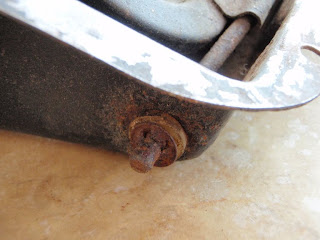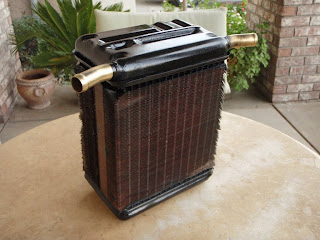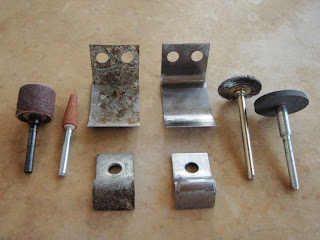
... was not a rewarding experience! The POR-15 rust preventative paint comes in black, semi-gloss black, grey, silver, and clear. Therefore, if the finished project is to be in any color other than the ones listed, it has to be primed and top coated. Enter "tie-coat primer" by POR-15. This is a special interlocking primer that was made specifically to adhere to cured POR-15. Well not really ... as I found out the hard way! In practice, I found that it does not "adhere" to cured POR-15 ... even after sanding the POR-15 finish! In addition, I had to build on whatever little of the first coat that did manage to adhere to the POR-15 finish with a second, and third coat ... with 12 hours of drying time between coats! What a bloody waste of time! On top of that the whole thing had to be sanded down to a smooth finish before final application of paint. In short, this product does not work as advertised. In fact, the instructions that came with it suggests that the best method for applying the primer over cured POR-15 is to first pre-prime it with their "self etching primer!!!" A primer for the primer? Does not compute! In experimentation however, I did find that the best way to get the tie-coat primer to take, is to slap it on 2 - 6 hours after the final coat of POR-15 - that is before it is cured, tacky with a slight finger drag. The first coat doesn't have to be pretty, just a base to get the second coat on. That way, all you need is 2 coats of the primer instead of the 4 to 10 if attempted over cured POR-15! I should have just gone with their spray on self-etching primer that supposedly works on cured POR-15 too and can be topcoated within 30 minutes. I've had nothing but positive experience with their POR-15 rust preventative paint, but this tie-coat primer really lost some major points with me. Next time, I'll just send stuff to the shop to have them powder-coated right after sandblasting instead of screwing around with this stuff. While struggling to get the tie-coat primer on, I had to fanangle-up this applicator using a piece cut out from a foam brush and some wooden coffee stirrers from Starbucks. This "modified" applicator was used to get primer onto areas not feasible with a traditional foam brush:
Modified Foam Applicator:

| Folds in Half For Dipping:

|
A Few Twists to Wring Out Paint:

| Goes Where No Other Foam Brush Goes:

|

